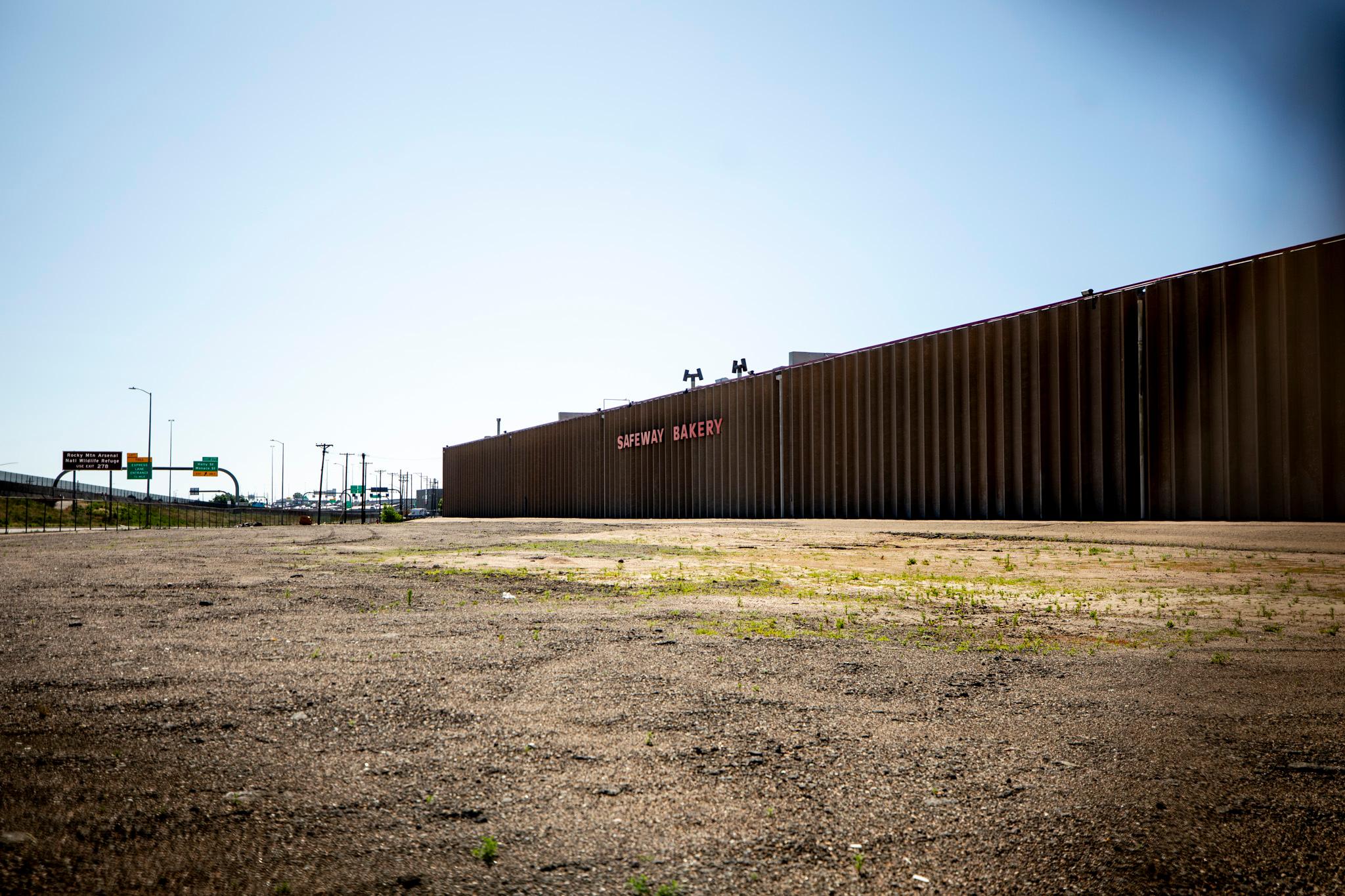By all accounts, Florence was a massive, wet monster of a storm — and an expensive one, too. Its historic deluge swelled inland rivers and wrecked homes across the Carolinas, racking up costs that early estimates set as high as $22 billion.
When the floodwaters recede, residents will face some tough decisions about how — or even if — they can rebuild. It's likely that fewer than 10 percent of households hit by Florence have flood insurance, according to actuaries at Milliman, and others may discover their homeowners insurance policies cover less than they'd assumed.
But Florence isn't a fluke. Scientists have predicted that climate change will continue to exacerbate massive storms, and that it will continue to cause conditions ripe for wildfires and other natural disasters.
As the risks of these disasters grow, the insurance industry is adapting with them — and consumer advocates, regulators and insurance researchers alike fear that the brunt of the bills will increasingly fall on the shoulders of low-income homeowners.
Munich Re has laid out the challenges of a changing climate. As one of the world's largest reinsurers, the company insures other insurers in cases of catastrophe, so it has good reason to keep track of catastrophes such as Florence. It has been doing so for nearly four decades.
"When I look back to the 1980s, we recorded 200 to 300 events — catastrophe events — annually, and today we are close to about 1,000 events," says Munich Re's chief climatologist, Ernst Rauch, who has been doing this research for the reinsurer for 30 years.
That means a lot of losses that insurers must be prepared to cover. Last year alone, it meant roughly $135 billion in insured losses — including a record amount in California, where wildfires drove nearly $12 billion in insurance claims in just a three-month span.
That huge sum is just one reason why wildfires keep California Insurance Commissioner Dave Jones up at night.
"The climate scientists tell us that we're going to continue to see temperatures rise, and that will contribute to more catastrophic weather-related events," Jones says. "In California, what this has meant is loss of life, loss of property, business interruption, community devastation associated with wildfires."
It's Jones' job to be sure that insurance companies are ready to cover these losses. But it's also his job to protect the folks who actually suffer these losses. And that's becoming even harder these days, especially in areas that insurers consider risky for wildfires, such as Mendocino County, where California's biggest fire on record consumed an area the size of Houston earlier this year.
Jones' office found that in these areas, complaints about price increases shot up from 2010 to 2016, the last year for which it has data. And across a two-year span, he saw a 15 percent increase in the number of homeowners in these regions who found that their insurer would not renew them at all. As a result, more homeowners have been turning to California's state-created insurer of last resort, the FAIR Plan, which can often be even pricier.
Jones calls that plan his "canary in the coal mine," and he's watching it closely. The numbers do not reflect a crisis yet — but still, he says, "it's a growing problem."
"People are finding insurance, it's just that they're finding it increasingly challenging in some areas to find insurance," Jones explains. "And those areas which were traditionally thought to be of a lower risk are now being treated by the insurers as a higher risk."
And the state expects this situation to get worse. In California's latest climate assessment, officials predicted the area burned by wildfires will increase dramatically in the coming decades.
It's not just California. Hurricanes, droughts, floods — with global temperatures expected to rise, consumer advocates expect insurance pains to rise with them.
But looking ahead, that pain may not be evenly distributed.
"The insurance companies will take care of themselves," says Bob Hunter, director of insurance for the Consumer Federation of America.
He says these companies have come up with a variety of ways to handle the risks of climate change — from developing more accurate prediction models and relying on reinsurers such as Munich Re, to raising premiums or "hollowing out" policies by reducing their coverage.
"Rich people can afford richer policies," Hunter says. "You have to pay a lot for that, but if your house gets destroyed, you're going to get totally rebuilt. But poorer people who can't afford that are going to buy slimmed down policies — some of them won't even know they're slimmed down until the event happens."
"And then, the very poor will be priced out. Those are the people who will probably — not probably, will — get hurt the most," he says.
That's a point voiced not just by advocates, but also by regulators and some researchers in the insurance industry.
"If you think beyond the next 10, 20, 30 years, then climate change could play a major role when it comes to the issue of affordability or availability [of insurance] in certain areas," says Rauch, Munich Re's climatologist, who predicts these bills "will become, sooner or later, a social issue."
"Because by the end of the day," he adds, "someone has to pay for the increasing risk caused by climate change."
9(MDEyMDcxNjYwMDEzNzc2MTQzNDNiY2I3ZA004))








